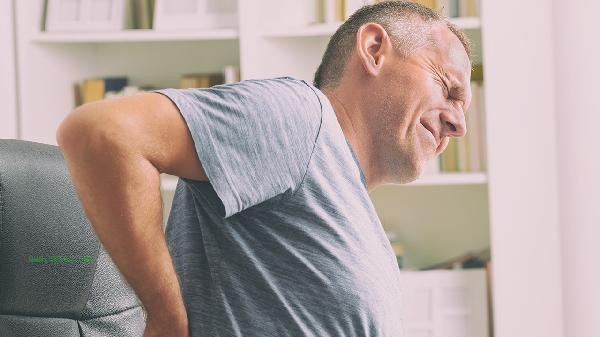Exercising the strength of the waist muscles can be achieved through methods such as plank support, small swallow flying, hip bridge, hard pulling, swimming, etc., which need to be combined with the individual's ability to gradually improve.

1. Flat Support
Flat support can activate core muscle groups including the erector spinae muscles in the waist. The movement should maintain a straight line between the head, shoulders, hips, and ankles to avoid collapsing the waist or arching the back. Beginners can gradually extend it from 30 seconds to 2 minutes, repeating daily. This action has low pressure on the lumbar spine and is suitable as a basic training for people with lumbar muscle strain.
2. Xiaoyanfei
The Xiaoyanfei movement of lifting all four limbs while lying prone strengthens the lower back muscles in a targeted manner. Pay attention to using the waist instead of the neck when lifting, and hold for 3-5 seconds before slowly lowering. Suggest 10 sessions per group, 2-3 sessions per day, which can effectively improve lumbar muscle weakness caused by prolonged sitting.
3. Hip Bridge
The hip bridge movement of lying down, bending knees, and lifting the hip can synergistically exercise the waist and hip muscles. The movement should maintain a straight line from shoulder to knee, with a peak contraction of 2 seconds. Single leg hip bridge can increase difficulty, but patients with lumbar disc herniation need to avoid excessive buttock lifting. 3 times a week, with 3 groups of 12 each time is recommended.

4. Hard Pull
Barbell or dumbbell hard pull is an efficient combination training that requires keeping the back straight and using hip drive. The weight selection should be based on completing 8-12 times without bending over, as excessive weight-bearing can easily lead to lumbar spine injury. It is recommended to learn standard movements under professional guidance and cooperate with waist protection equipment.
5. Swimming
Freestyle and backstroke have good exercise effects on the waist muscles, and the buoyancy of water can reduce joint burden. Three times a week, 30 minutes each time is recommended, and attention should be paid to avoiding swimming strokes such as butterfly that excessively twist the waist. Low water temperature may induce muscle spasms, and warm-up should be done well.

Lumbar exercise should be combined with abdominal muscle training to maintain muscle strength balance and avoid posture problems caused by single reinforcement. Before and after exercise, the quadratus lumborum and iliopsoas muscles should be fully stretched, and any pain during training should be immediately stopped. Sedentary individuals should get up and move around every hour, and daily supplementation of calcium and vitamin D can promote muscle recovery. It is recommended for middle-aged and elderly people to start with low-intensity static movements and consult rehabilitation physicians if necessary to develop personalized plans.








Comments (0)
Leave a Comment
No comments yet
Be the first to share your thoughts!